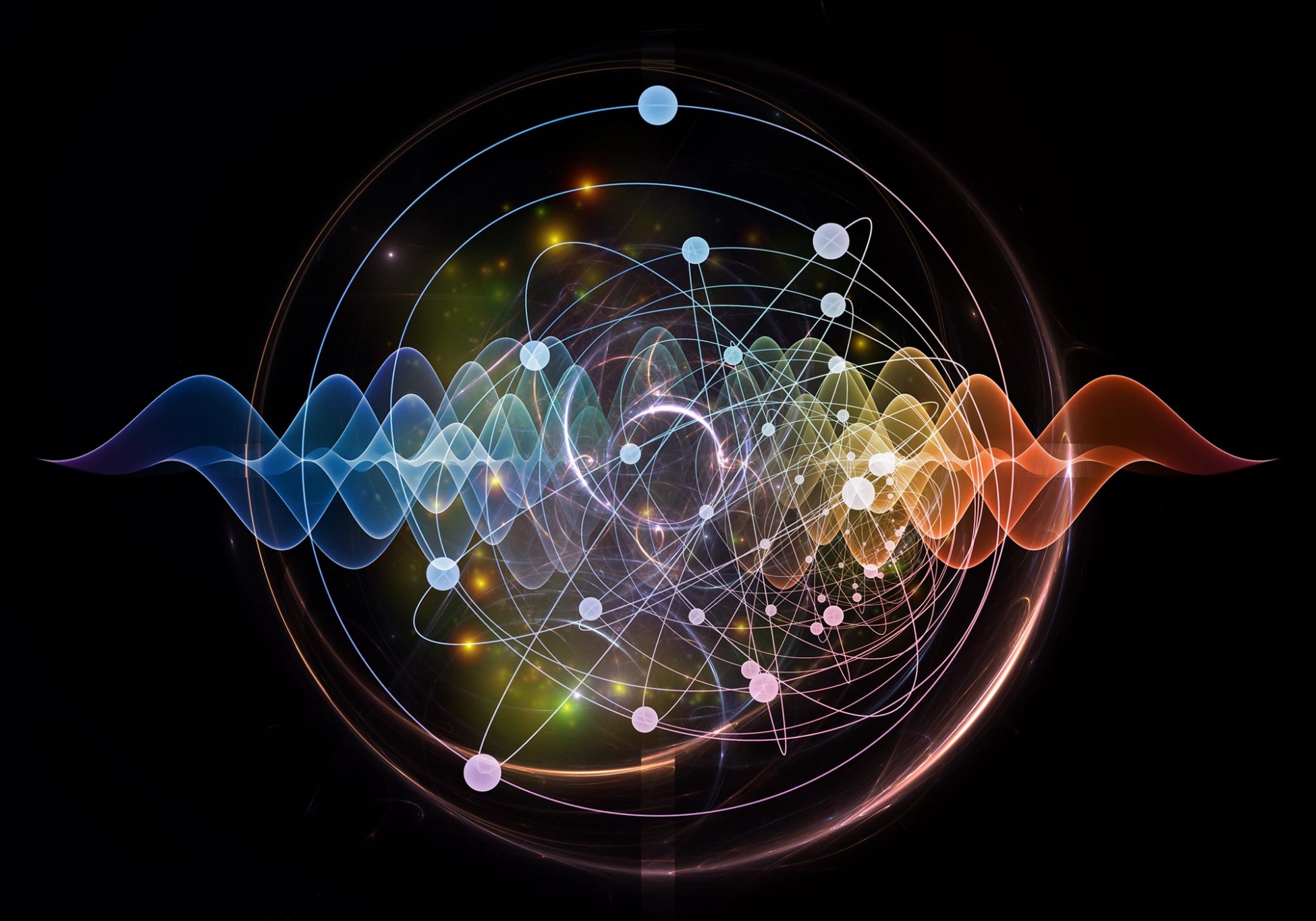
Quantum Mechanics
Here we could ask questions, review previous answers, and even propose newer ideas about what is the... View more
Eric Reiter’s presentation 1/29/2022
-
Eric Reiter’s presentation 1/29/2022
<div>Eric Reiter gave an informative presentation on the mainstream concept of photon mechanics this morning. His presentation was clear and to the point. </div>
I will point out some of the errors I have found in the mainstream perspective of photon mechanics.
The primary error of photon mechanics is the belief that the photon is a quantum of energy equal to the angular momentum of the electron times frequency. E=hv does have a place in photon mechanics, but its place is not in defining the photon.
The photon is not a particle residing inside of an atom that is being shot out at the speed c. There are no photons in atoms. Atoms have electrons, and electrons jump back and forth between orbital states. There are three distinct phases to photon mechanics.
1. A true quantum photon is created when an electron jumps its orbital and transfers its angular momentum into space. This is quantified as:
phtn = h * c
where h is Planck’s constant and c is the speed of photons. This is just a single photon, and all photons are identically quantified as h * c, as it experimentally observed by the fact that photons always travel at the speed c.
2. The atoms do not just emit one photon and then shut down. Atoms continually receive light and therefore they continually emit light. Each atomic isotope emits its own frequency signature, which is why we have the science of spectroscopy. Light is equal to the frequency at which a particular isotope emits light, and this is expressed as:
ligt = phtn * freq
Light is a specific unit of physics that is different from the photon unit of physics. Light is the condition of space being filled with photons emitted at frequencies.
3. The electron loading, or filling of the valence position in a receiving atom, occurs when the angular momentum of light is absorbed into a valence position and fills it up with energy. The equation is:
enrg = ligt / c
As the light is absorbed, it loses its velocity. Another way to express the electron loading is:
enrg = angm * freq
where angm is a quantity of angular momentum. This quantity of angular momentum is not the Planck constant. As each quantum photon is emitted from the emitting atom, then that particular photon expands into space according to the Compton function. The photon expands into the volume of space, and its angular momentum becomes dispersed. It is this dispersion of angular momentum that causes the inverse square law for irradiance. By the time an individual photon strikes a receiving atom, its angular momentum has been spread thin in proportion to the Compton scattering, and also according to the distance between the emitter and receiver.
And so the angular momentum arrives at the valence position a tiny bit at a time according to the frequency at which the light was originally emitted, and also according to the area of the receiver.
We must remember that the valence position energy content is a constant equal to the mass of the electron times the speed of photons squared:
enrg = m.e * c^2
Since the enrg is constant, and the frequency is variable, then the angular momentum must also be variable, which is why the expression of E = hv is not the quantification of the photon.
Physicists have correctly identified the energy packet as the quantum of energy required to fill a valence position, but then incorrectly assumed that the energy packet was also emitted from the emitter, and that the energy packet is traveling through space toward the emitter. There are no energy packets being emitted from atoms, and neither are there any energy packets flying through space.
This wrong assumption about energy packets is what has led to the conundrum of wave-particle duality. Photons are emitted as waves of angular momentum, but light is the condition of sequences of photons in space, and the energy packet represents the limit of energy that can be received from light to fill a single valence position.
I enjoyed Eric’s discussion, and the YouTube link is below.
Sorry, there were no replies found.
